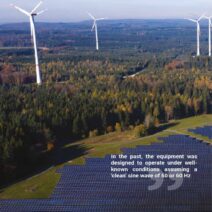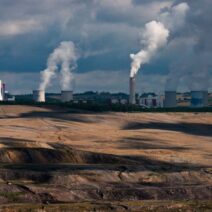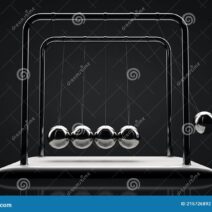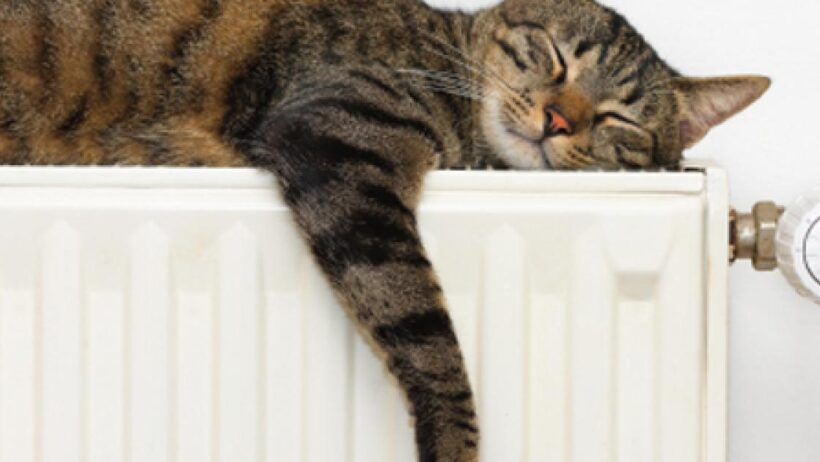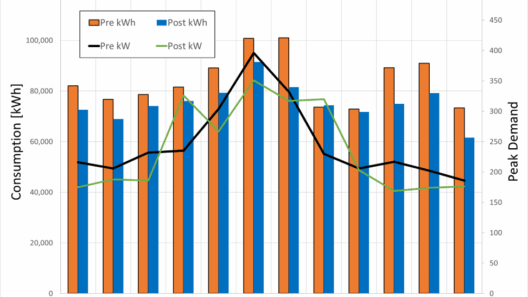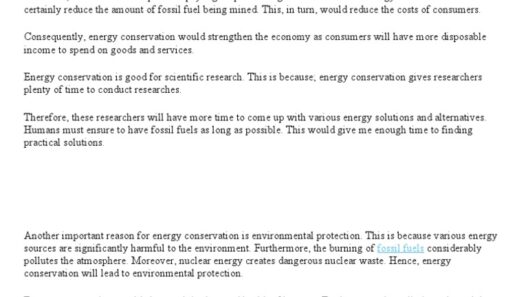In an era where environmental consciousness is paramount, homeowners face the dual challenge of conserving energy while managing their finances. The growing concern over climate change has propelled energy efficiency into the forefront of home improvement discussions. Interestingly, this simultaneous need for economic prudence and environmental stewardship has cultivated a unique fascination with energy conservation strategies. Homeowners are increasingly seeking pragmatic solutions that not only mitigate their carbon footprints but also alleviate financial burdens. This detailed discourse will explore various methods homeowners can implement to conserve energy without incurring substantial expenses.
The journey towards energy conservation begins with a comprehensive audit of energy use within the home. Conducting an energy audit, whether independently or through professional services, enables homeowners to discern areas of excessive consumption. Simple tools and checklists can facilitate this process, revealing energy-hungry appliances and inefficiencies in insulation. Identifying these potential pitfalls lays the foundation for strategic interventions. For instance, modifying usage patterns for heating and cooling systems can yield significate savings, bolstering both sustainability and budgetary constraints.
One prevalent approach to reducing energy consumption involves upgrading household lighting systems. The transition from incandescent bulbs to compact fluorescent lamps (CFLs) or light-emitting diodes (LEDs) is a recommended strategy. Despite a marginally higher initial cost, these energy-efficient alternatives can substantially decrease electricity bills over time. Moreover, the extended lifespan of LEDs, often outlasting traditional bulbs by up to 25 times, further underscores the long-term financial benefit. Homeowners should also consider adopting smart lighting systems, which enable automation and controlled usage, thus minimizing waste.
Additionally, adjusting thermostat settings can dramatically affect energy consumption. Homeowners can achieve this effortlessly by lowering the thermostat in winter and raising it in summer. A programmable or smart thermostat empowers homeowners to schedule temperature adjustments based on daily routines. For instance, reducing the heating or cooling when the house is unoccupied can lead to significant savings. It is an astute choice, considering that heating and cooling typically account for a substantial percentage of total household energy expenses.
Insulation plays a critical role in maintaining an energy-efficient home. Gaps in insulation often lead to thermal leakage, forcing heating and cooling systems to work overtime. Homeowners can remedy this with relatively low-cost solutions. Weather stripping, caulking, and thermal curtains can significantly diminish heat loss in the winter and keep interiors cooler in the summer. Each of these measures requires minimal investment yet promises considerable returns in energy savings and enhanced comfort.
Furthermore, the strategic positioning of appliances and the usage of energy-efficient models can lead to notable conservation. Appliances that bear the Energy Star label consume less energy without compromising performance. Homeowners should contemplate replacing outdated appliances that guzzle energy with modern alternatives. While the initial expense might raise eyebrows, the cumulative savings on utility bills over the lifespan of the appliance can justify the expenditure. Additionally, positioning refrigerators and heating devices away from heat sources optimizes their efficiency, reducing the energy required for operation.
Water heating represents another significant aspect of energy consumption in residential settings. Homeowners can adopt several straightforward practices to decrease the energy used for heating water. Lowering the water heater thermostat to 120 degrees Fahrenheit, utilizing aerators on faucets, and taking shorter showers can elicit substantial savings. Moreover, insulating the water heater and hot water pipes helps maintain temperature, minimizing the energy expenditure for heating. Such small adjustments can accumulate to significant reductions in energy consumption over time.
Solar energy has emerged as a prominent resource in energy conservation discussions. While the installation of solar panels may initially appear financially daunting, innovative financing options, tax incentives, and energy buyback programs have made it increasingly accessible. Depending on the geographical location, homeowners may also capitalize on local rebates or community solar initiatives that lower upfront costs. Additionally, small-scale solar applications, such as solar water heaters or solar-powered outdoor lighting, provide diverse and feasible options without necessitating a full house installation.
Landscaping can also contribute to energy savings. Strategic planting of trees and shrubs can provide natural shade, reducing the need for air conditioning during peak summer months. Deciduous trees placed on the sunward side can shield windows from harsh sunlight, while coniferous trees can act as windbreaks in winter, enhancing heating efficiency. These natural solutions not only beautify the home but also work to reduce reliance on mechanical climate control systems.
Moreover, embracing behavioral modifications within the household can yield significant energy savings. Educating family members about the importance of turning off lights and unplugging devices when not in use can instill habits that promote conservation. Utilizing power strips makes it easier to cut off electricity to multiple devices simultaneously, thereby reducing phantom loads—energy consumed by appliances when they are turned off but still plugged in.
Ultimately, the convergence of cost-effective energy conservation measures not only alleviates financial pressures but also engenders a more sustainable lifestyle. By adopting these strategies, homeowners can revel in the dual satisfaction of conserving energy and preserving the environment. With thoughtful planning and modest investments, the dream of an eco-friendly residence can seamlessly align with a realistic budgetary framework. The imperative to conserve energy is not merely an obligation but a profound opportunity to reshape the future for generations to come.
